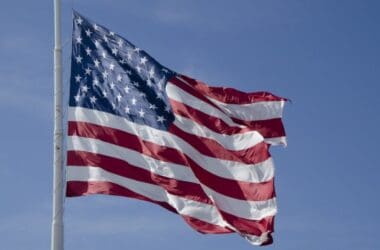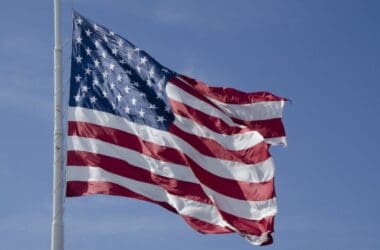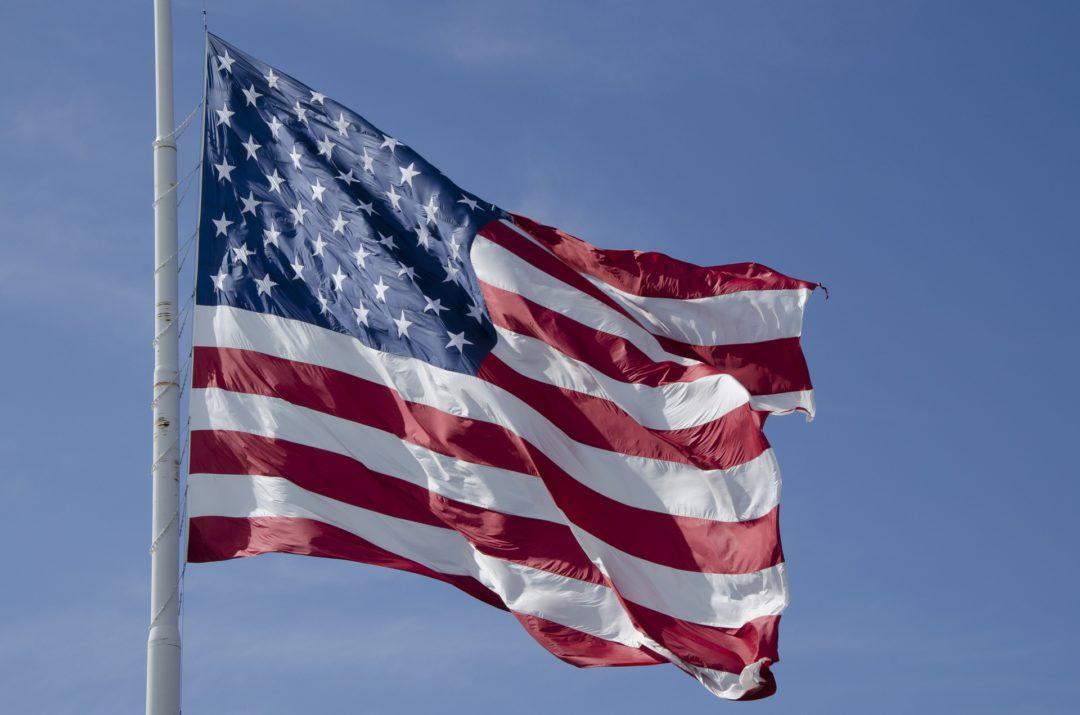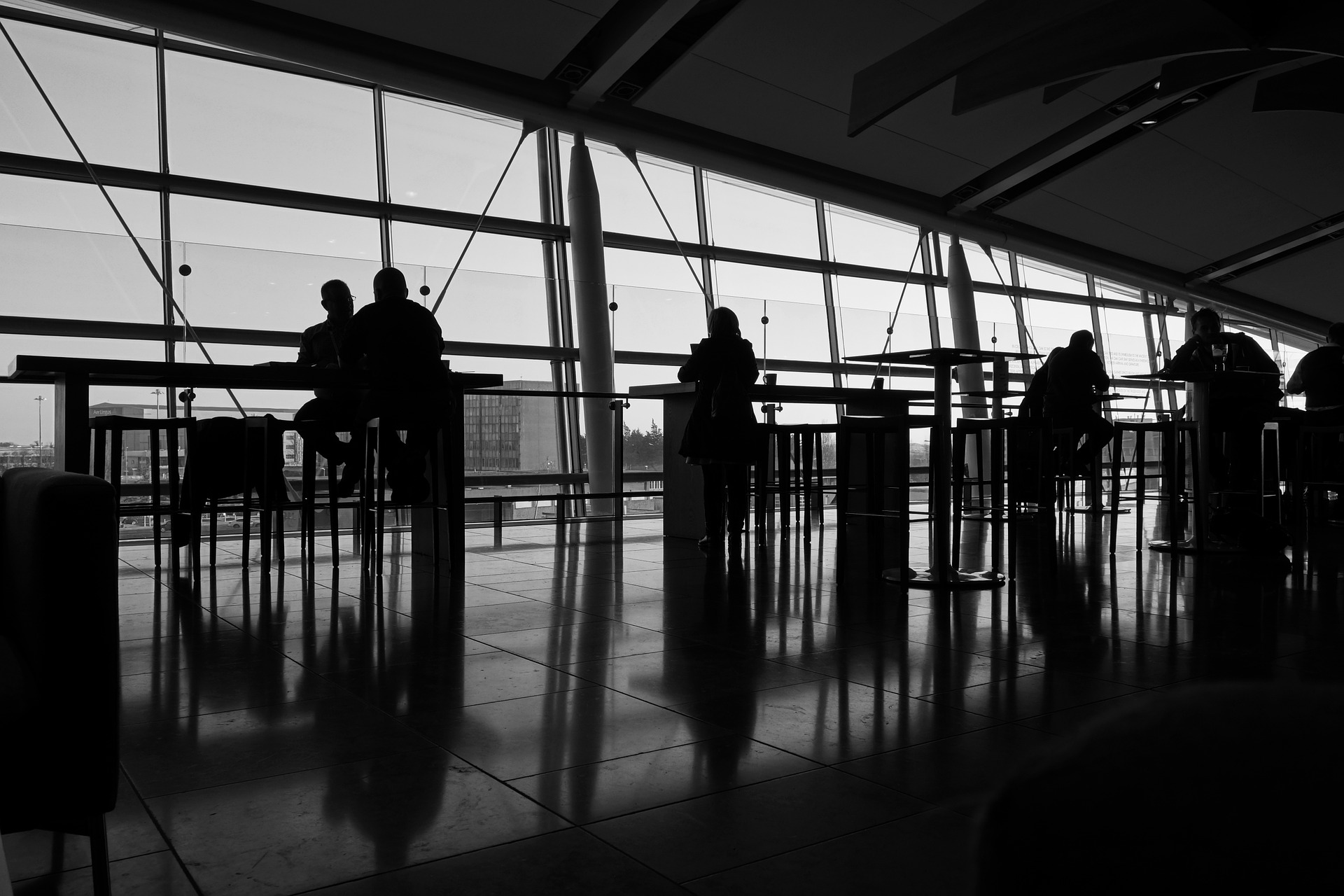The airline industry has an image problem that has only gotten worse. Truth told, I don’t know if the industry ever really had a good reputation, given that I was 8 years old in 1978. Nonetheless, I was a vociferous reader of industry related information airline nerd youth along with any other information I could get my hands on. I occasionally read someone waxing poetic about the days prior to 1978 with roast beef carved seat side and not going through a metal detector before they flew. I still remember my uncle talking about the Dobbs House Restaurant at the old Atlanta Airport. It’s all a rather interesting history of the way things supposedly were, and probably goes along with the “good ol’ days” when people wore their coats and ties to the airport. It all sounds kind of nice. (Image courtesy of Shutterstock.com)
There have been a couple of interesting blog pieces in the last few days by two people I know and respect on their blogs View From the Wing and Pearls of Travel Wisdom. Both posts are worthy reads. Each blogger touches on the reasons behind a reduction in frequent flier benefits. I’m paraphrasing a tiny bit, but Gary opines that real competition still remains in the airline industry, even with a reduced number of airlines. He feels the biggest driver is the lack of excess capacity in the industry (flights are full) coupled with a capacity discipline on the part of the industry. Carol, while not disagreeing with Gary about excess capacity in the industry having an impact, feels that reduced competition (fewer airlines) is a big driver of reduced benefits.
For the record, I lean more towards Gary’s ideas on this, but Carol raises valid points. However, one part of Carol’s post really struck me.
“Capacity is also not the reason for airline improvements. Without reduced competition, there is no way Delta, for example – the first through bankruptcy/merger – would have invested so much to insure every 2-cabin flight has Wi-Fi, much less given us all-aisle access with lie-flat seats on their international aircraft as well as some domestic. (emphasis mine) They also would not have spent so much to modernize their SkyClubs, including their award-winning SkyDecks. I even doubt they would have improved their in-flight or lounge food fare. And you could forget about all the new aircraft on order. Some, yes, but nowhere near the backlog we see today.”
I’m not necessarily disagreeing with Carol, but the ex-airline guy in me can’t help but ponder something. I would maintain that a healthy and profitable airline industry is an industry that can invest in itself and amenities that make it a more compelling travel option. There’s no way that a profitable company invests in a better product in order to make itself more attractive than its competitors (which do still exist) to potential customers who might be willing pay a premium for that product? The airline industry has an image problem indeed.
-MJ










If Gary asserts that the reason for the reduction in ff benefits has more to do with tight capacity than reduced competition, he seems to miss the point that the ability to control industry capacity is one of the hallmarks of oligopoly and thus is a direct result of industry consolidation and reduced competition. Therefore he and Carol appear to be in violent agreement.